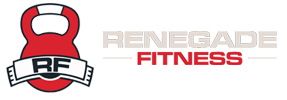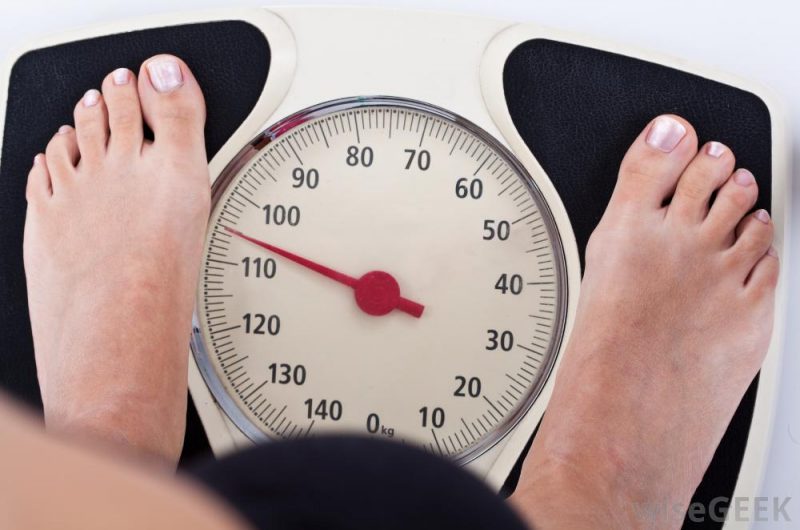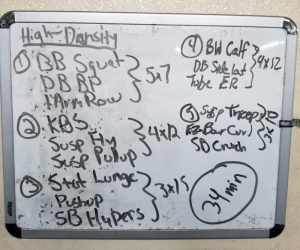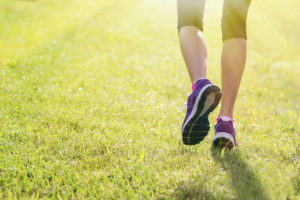My client came in this morning, fuming. “I got on the scale and I’m UP 3 pounds since last week!!!” she said.
That’s not an uncommon experience for some fitness professionals, by the way. We get this stuff from time to time. The important thing is to realize, and be able to effectively identify the following: #1-What does it mean, #2-Should we re-evaluate our strategy, #3-Is it real, and #4-Does it really matter?
We’ll look at a few metrics that people tend to use, as well as some of the merit we give to them, even when we shouldn’t.
#1-The Scale
Yep, it measures weight. And nothing else. It doesn’t give us any indication of what’s really going on in our bodies. Have you added lean muscle mass? The scale can’t tell you. Have you lost fat mass? The scale can’t tell you. Have you lost muscle mass? The scale can’t tell you. It just gives you a number, nothing beyond that.
That said, occasionally using weight as a base measure gives you a gauge to make sure you’re on the right track. Weight is to be taken on exactly the same day, at exactly the same time, under exactly the same circumstances every single time. You’ll weigh more in the afternoon than the morning. If you are on a fat and weight loss program, and you get on the scale several times and see the number going up, it’s time to re-visit your plan.
Remember my client? My first question to her was, “Is it that time of month for you?” The answer, of course, was yes. During a woman’s menstrual cycle, she will retain fluid up to several pounds. She’ll also often feel bloated. You’ve just got to identify what’s going on.
Eat a salty meal last night? You’ll likely weigh more in the morning. You’ll retain water. Certain medications do the same. You need to know what you did, what you’re doing, and how it affects you.
#2-Your Clothes
There’s no better measure of what’s really going on than how your clothes fit. When you’re getting leaner, you will have more room around the midsection waist, and hips. If you’re gaining fat mass, your clothes will get tighter in those areas. Putting on lean muscle? Your thighs, chest/back/shoulders may fill your clothes more.
#3-Body Fat Measurements
These are valuable. They give good information about how your program’s working, as well as make it easy to track your progress. Forget about bioelectrical impedance machines, they’re extremely inaccurate. For skinfold calipers, you need someone who’s performed a lot of tests. Make sure the same person tests you each time. Bod Pod is good as well. For the gold standard, you’ll need to visit a university near you for hydrostatic weighing.
#4-Circumference Measurements
These are also easy and great. Pick a few measurements (I like shoulder circumference, chest/back circumference, naval circumference, hip circumference) and take them once a month. You’ll get a real good idea (you’ll already know, because your clothes will fit better) how you’re doing. Best of all, you can do it yourself and track your progress.
https://www.dummies.com/health/how-to-get-your-body-measurements/
Use the tools that give the most information. For most folks, that’s easy. It’s how your clothes fit and your measurements, with occasional stepping on the scale. That’s it!
Want to learn about how you can put it all together in a complete fitness and nutrition plan? We can help. Check out the link to our Online Coaching:
https://www.renegadefitnessmiami.com/our-training-programs/online-coaching/




